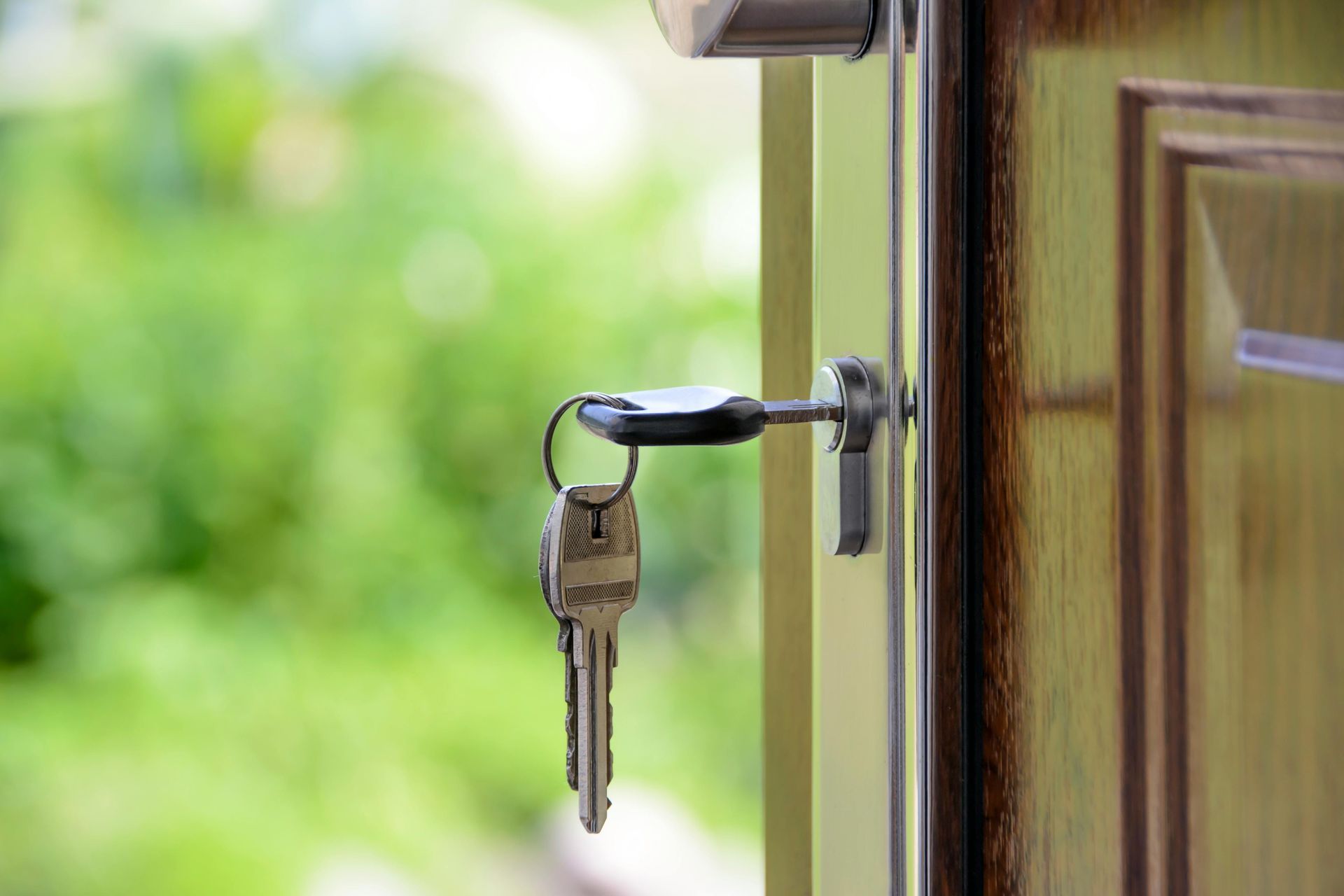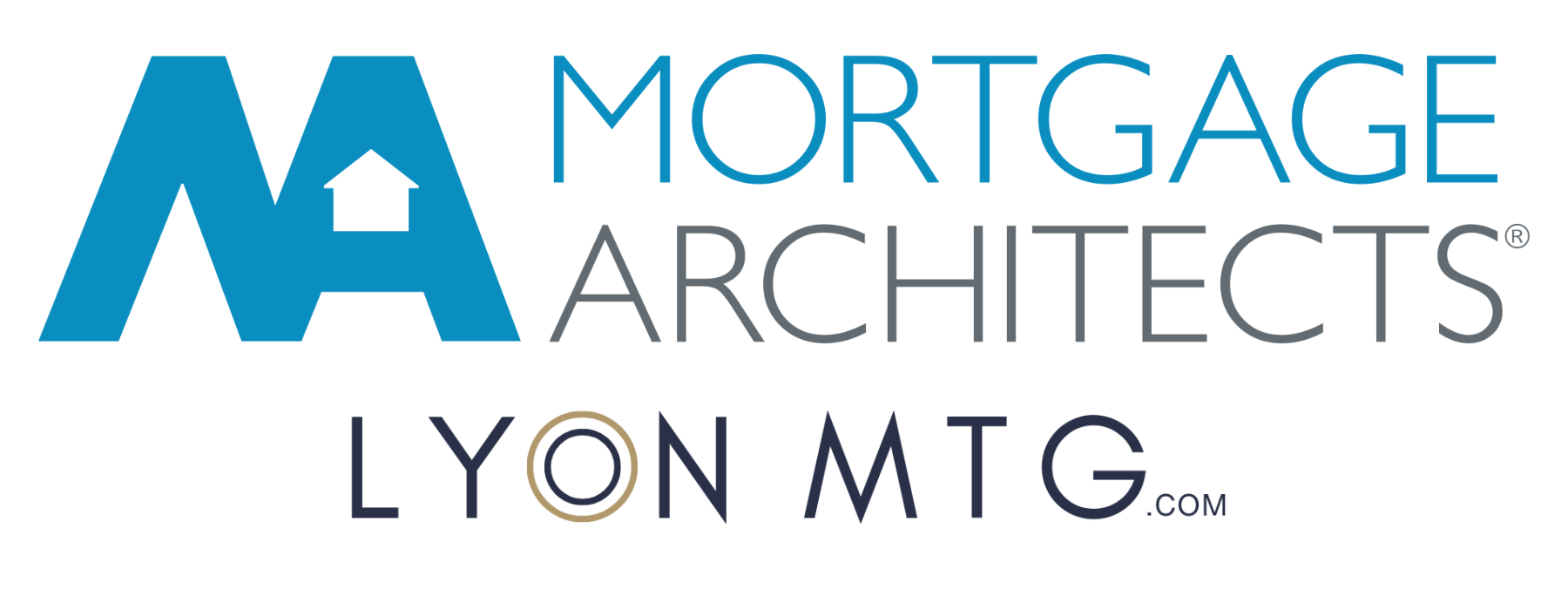What’s the Difference Between a Variable Rate Mortgage and an Adjustable Rate Mortgage?
When considering a variable-rate mortgage, you’ll come across two different types: the Variable Rate Mortgage (VRM) and the Adjustable Rate Mortgage (ARM). While both are tied to your lender’s prime rate and move when the Bank of Canada changes rates, they work differently and those differences can impact your budget and long-term strategy.
Both are colloquially referred to as “variable mortgages,” so it’s important to understand and clarify which one you are being offered if you’re considering a variable option. In this post, we’ll break down how ARMs and VRMs work, the pros and cons of each, and which option may suit your financial goals better.
What Are ARM and VRM Mortgages?
Variable Rate Mortgage (VRM): Your payment amount stays the same when rates change, but the portion of each payment that goes toward principal versus interest adjusts.
Adjustable Rate Mortgage (ARM): Your payment amount itself changes whenever the lender’s prime rate moves.
How Do They Work?
VRM: Fixed Payment, Shifting Balance
- Your monthly payment stays constant.
- If interest rates go down, more of your payment goes toward principal, helping you pay off your mortgage faster.
- If interest rates go up, more of your payment goes toward interest, slowing your progress on the principal.
- If rates rise significantly, lenders may increase your payment to make sure it still covers interest owing.
ARM: Payment Moves With Rates
- Your payment is recalculated each time the prime rate changes.
- If interest rates go down, your payment decreases.
- If rates go up, your payment increases.
- The principal vs. interest portion of your payment remains more consistent compared to a VRM.
Pros and Cons
VRM Pros:
- Predictable monthly payment amount
- Benefit from rate drops through faster principal repayment
- Easier for budgeting in the short term
VRM Cons:
- Progress on principal slows if rates rise
- Risk of payment shock if rates rise too much and the lender resets your payment higher
ARM Pros:
- Payments decrease when rates fall
- Principal repayment stays on track, even when rates change
- Clearer link between rates and what you pay monthly
ARM Cons:
- Payments increase right away if rates rise
- Harder to budget with changing monthly payments
Quick Summary
• VRM = fixed payment, changing interest/principal split.
•
ARM = changing payment, consistent repayment pace.
• Both are tied to prime, but they affect budgeting differently.
Next Steps
Choosing between ARM and VRM depends on your comfort with changing payments versus changing repayment speed. If you’d like to review which one is best for your situation, I’d be happy to walk you through the options.
Need help with your mortgage? Book a consultation or call 778-988-8409.
Mortgage Term Glossary
Adjustable Rate Mortgage (ARM): A variable mortgage where the payment amount increases or decreases as rates change.
Amortization: The total length of time it will take to pay off your mortgage completely (typically 25–30 years in Canada).
Discount (Variable Rate): The amount subtracted from prime to determine your actual mortgage rate.
Equity: The difference between what your home is worth and what you owe on your mortgage.
Mortgage Term: The length of your mortgage contract with your lender (typically 1–5 years), after which you need to renew.
Prime Rate: The interest rate banks use as a baseline for loans, influenced by the Bank of Canada’s overnight rate.
Variable Rate Mortgage (VRM): A variable mortgage where payments stay the same, but the interest vs. principal portion shifts with rates.
Variable Rate: An interest rate that changes during your mortgage term based on lender prime rates.





